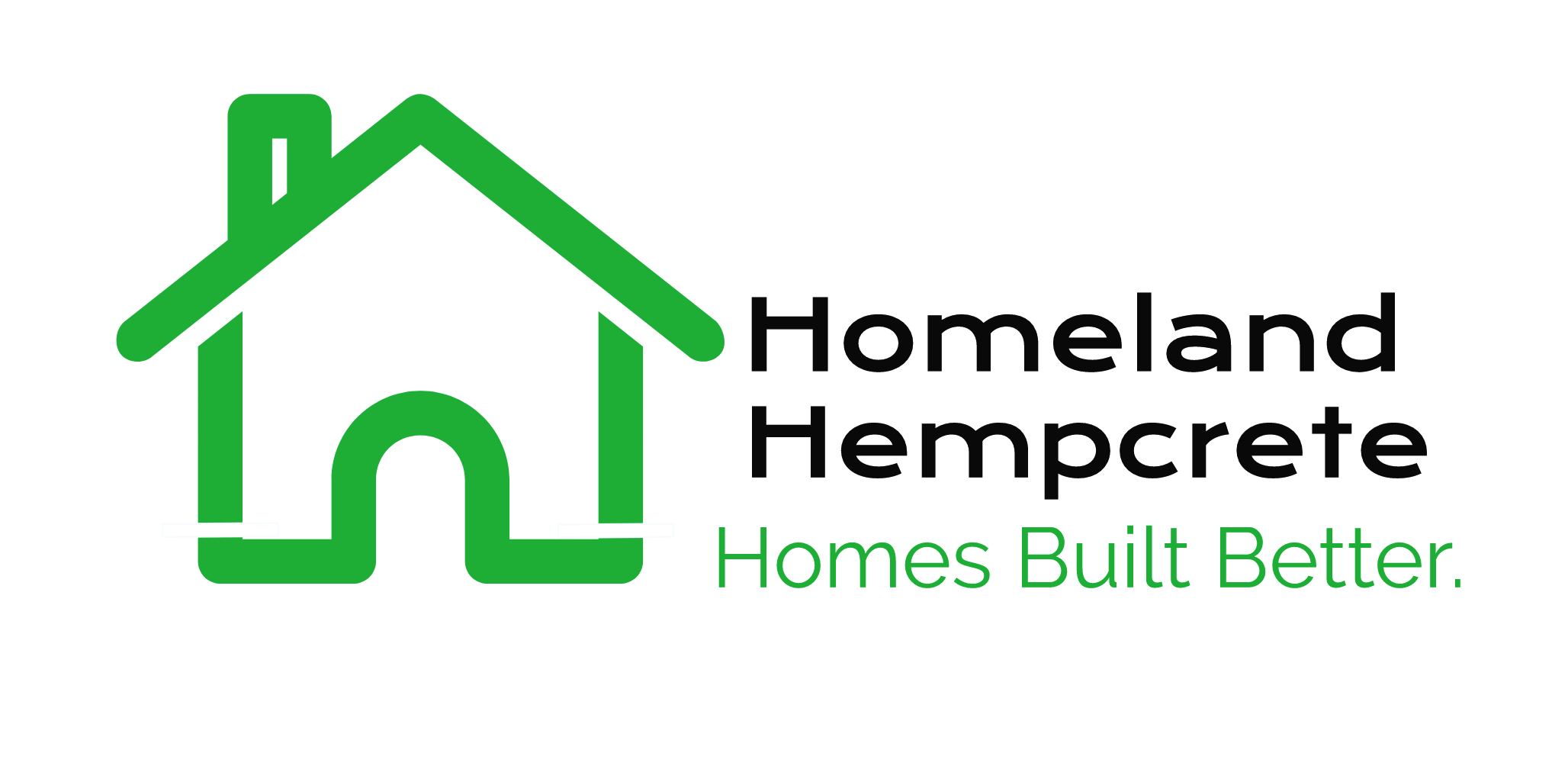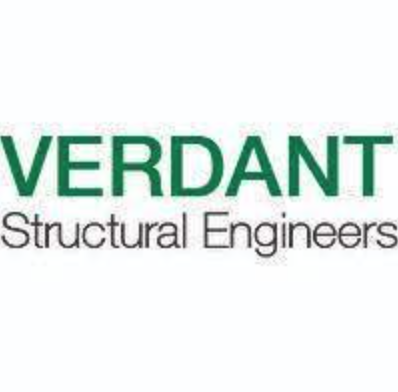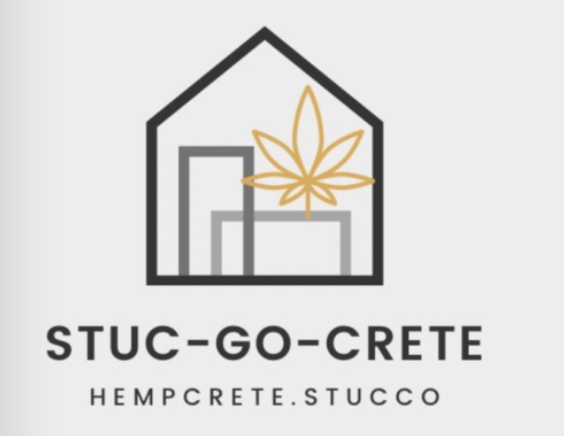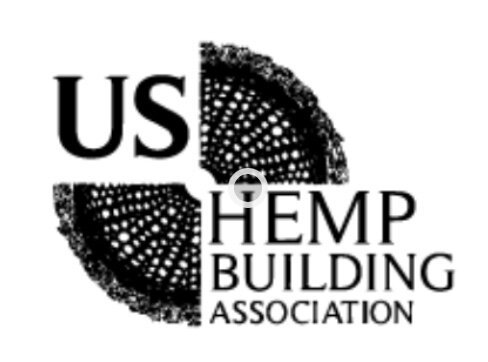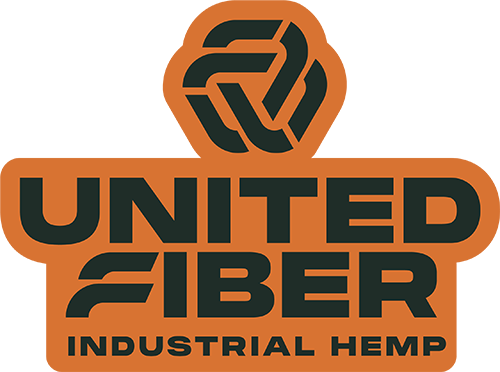Austin, TX Hempcrete Home
Susan Hays and contractor Carl Gradek building her hempcrete house in South Austin (photo by Kevin Curtin)
By Kevin Curtin
This article originally appeared in the Austin Chronicle
In a serene South Austin neighborhood, where the houses are so small compared to the sprawling oak trees that surround them that it looks like a forest on Google Maps’ aerial view, a crew of builders are constructing a two-story back house. Hammers striking, saws buzzing, and mixers churning are familiar sounds to residents in our growing metropolis, so, from afar, there’s little to suggest this worksite is not your typical build, but actually a first-of-its-kind project in Austin ... until you come closer and see the 400-pound bags of hemp hurd, sacks of lime powder, and a specialized hempcrete mixer.
This will be the city’s first privately owned residence made of hempcrete – a lightweight biocomposite building material that’s both eco-friendly and energy efficient. The dwelling has already been framed up with lumber studs, and now the walls are being cast out of the organic building material, which is handmade on-site by mixing the hemp hurd (the woody inner stalk of a tall-growing industrial hemp variety) with a natural lime binder and water. Meanwhile, the ceiling and floors will be fitted with insulation made from hemp wool, which has a similarly soft texture to the pink fiberglass insulation you’re familiar with – minus the skin irritation.
This hemp house is the pet project of Susan Hays, an attorney, lobbyist, cannabis advocate, and 30-year veteran of Texas politics who ran for agriculture commissioner in 2022. If a Texas Cannabis Hall of Fame existed, Susan Hays would be deserving of entry for her contributions in drafting HB 1325, which effectively legalized hemp in all the various uses we’ve enjoyed since its passage in 2019. At the time, she was on contract as a lobbyist for Village Farms International – a company that operates enormous greenhouses for growing produce in West Texas, but also happens to be a major player in Canada’s cannabis market. Hays worked directly with legislators on the wording of the hemp bill, including oversights that made hemp products more legal and accessible than they intended.
“When the government is trying to regulate something they don’t understand, they fuck it up,” she shrugs cheerfully.
Hays has long been planning to turn her property’s dilapidated garage into a backhouse that would rise amongst the heritage trees in her backyard, but when the bill passed, she became obsessed with building it out of hempcrete. Luckily, permitting and a campaign for state office delayed it a few years.
“If I’d have built this in 2020, I couldn’t have sourced U.S.-grown hemp, but now you can,” she explains. “So I’m trying to use as many Texas products as I can out of both chauvinism for my state and also greenness – if you’re shipping shit across the world, that’s not green.”
The eco-friendly aspects of hemp architecture are what drew Hays to building a hemp home. While the manufacture of concrete is one of the planet’s largest contributors of the greenhouse gas carbon dioxide, hempcrete is a carbon-negative material. It’s also highly sustainable compared to other building materials, and also hypoallergenic. By now you’ve heard the term “sick buildings,” referring to properties where chemical contaminants in building material, CO2 buildup, and mold cause health issues for those inside them. Hempcrete – which is breathable, mold-averse, and chemical-free – is being viewed as a solution for SBS, or sick building syndrome.
But Hays is equally excited about hempcrete’s energy-efficient thermal properties. According to her calculations, the dwelling’s extra-thick walls will have an R-value of 30, where conventional walls in the U.S. have a minimum R-value of 13.
The goal is to never turn on the air conditioner,” says Hays, who plans to use the upstairs as an office “with a big-ass closet” since her small adjacent house lacks storage space. The downstairs will have a bedroom, bathroom, laundry, and pantry with a tiny kitchen. As for the aesthetic, it feels like a treehouse – how it rises among the limbs of an ancient oak – but it’ll have a decidedly unfancy vibe she mood-boarded to her architect as “redneck compound.”
Although hempcrete has been a popular building innovation in France since the 1990s, it’s still an emerging market in America and thus Hays calls it an “industry rife with newcomers, scammers, and people whose hearts are pure, but they don’t know what they’re doing.” She feels lucky to have Carl Gradek, who she describes as an “old-school Austin hippie craftsman,” as her contractor. Gradek tells the Chronic he’s been excited to add hempcrete to his portfolio of building techniques and has been going to Hemp Building Association conventions, trainings, and site visits on hemp projects since they started conceiving Hays’ hempcrete house in 2019. Proof of his commitment to hemp building: He even purchased a specialized hempcrete mixer that was made in Switzerland.
Please Support Our Classified Advertisers
(To find out more about advertising CLICK HERE).
Help Wanted:
Publications
Hemp Building Directory 2024 - Guide to the International Hemp Building Industry
“Hemp Buildings - 50 International Case Studies” by Steve Allin
Green Builders
Build your hempcrete dream house in Austin, TX with Gradek Contracting and Design
8th Fire Innovations: 15 Years of Hemp Building in Alberta, Canada. Home of the Divita Block System
Experienced Natural Building Engineering Services from Verdant Structural Engineers, CA
Natural Materials Design at Plural Office Architects, Austin TX
Hemp Building Research and Training
Enrolling now Hemp Build School Masterminds online and IRL for Homeowners and Professionals
Hemp Hurd (shivs)/Hemp Fiber/ Hemp Microfiber
Your Hemp Agricultural Solutions: Whitefield Global Holdings
Grown in USA: Hemp and Fiber specialists at Complete Hemp Processing
Hemp Building Supplies, No Order Too Small. Hemp Traders, Los Angeles
Hempcrete installers/Insulation subcontractors
Hemp Build Network: We Make Building with Hemp Possible, New Braunfels, TX
Hemp Building Company: Hempcrete installation, supplies Lafayette, CO
Design and build your Hempcrete home with HempStone LLC complete consultants
Lime Binder
Hemp Batt Insulation/Supplies
Hemp Wall Panel Products
Preorder your hempcrete tiny house from Sativa Building Systems
Panel solutions from Homeland Hempcrete
Hemp Blocks
Financial Services:
Professional Associations











